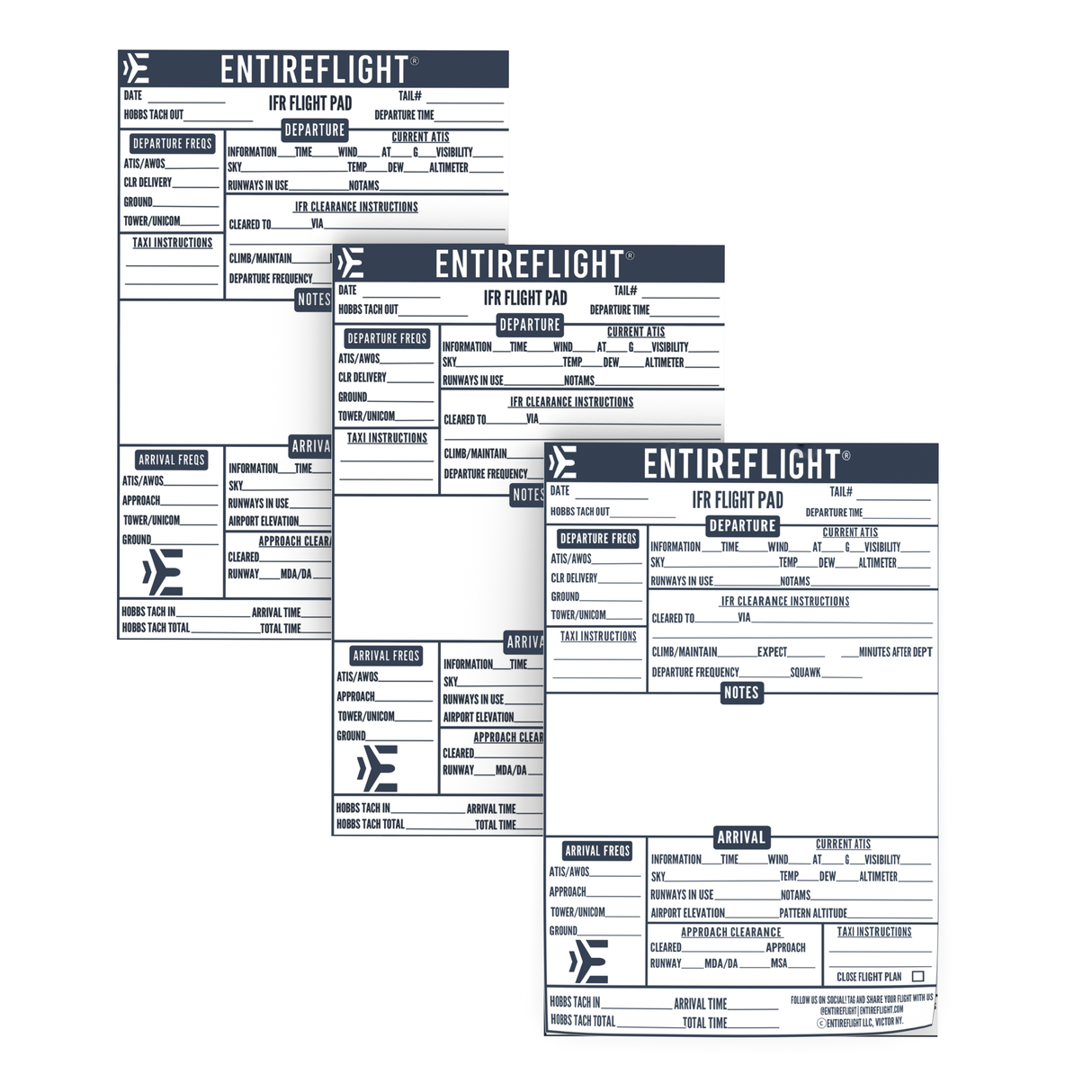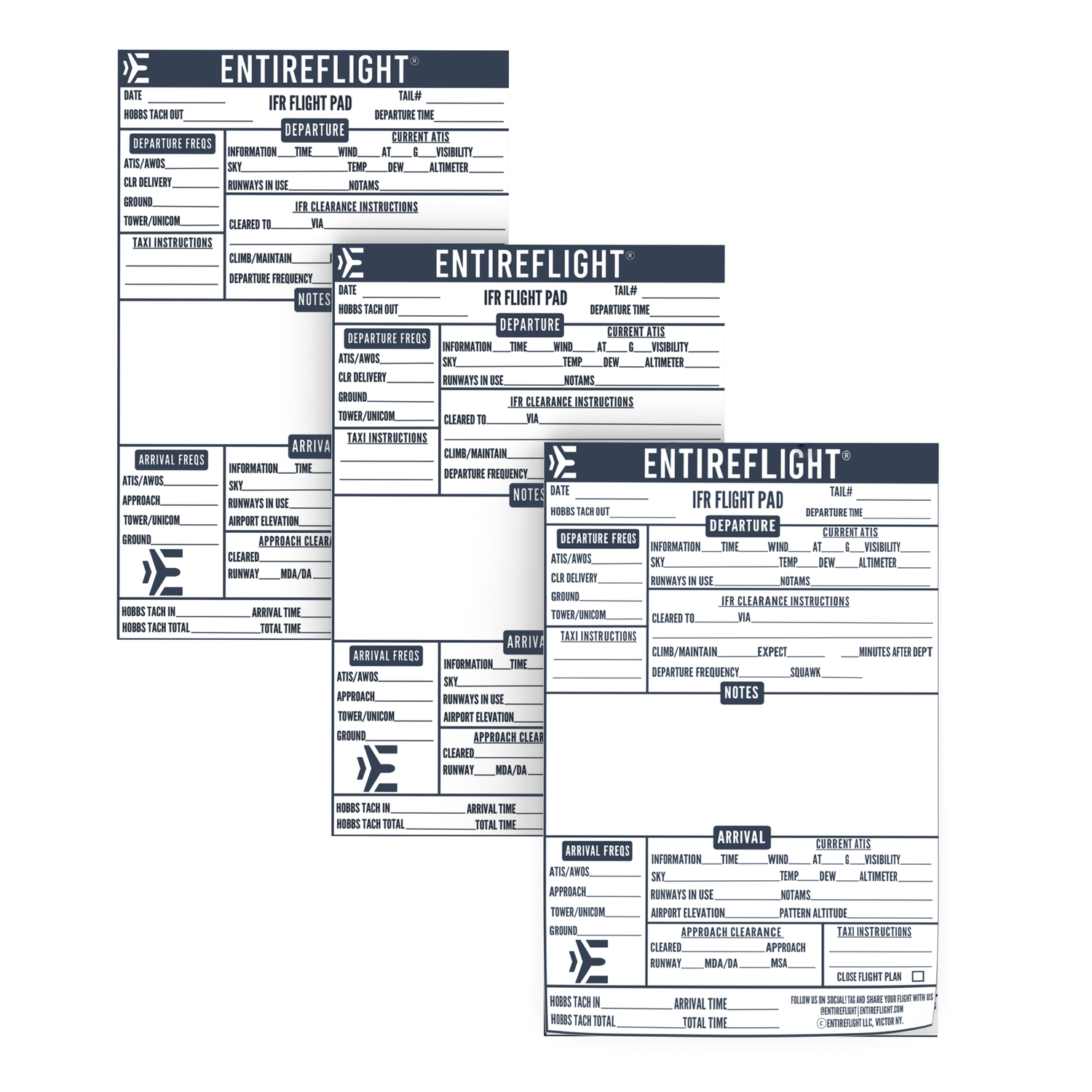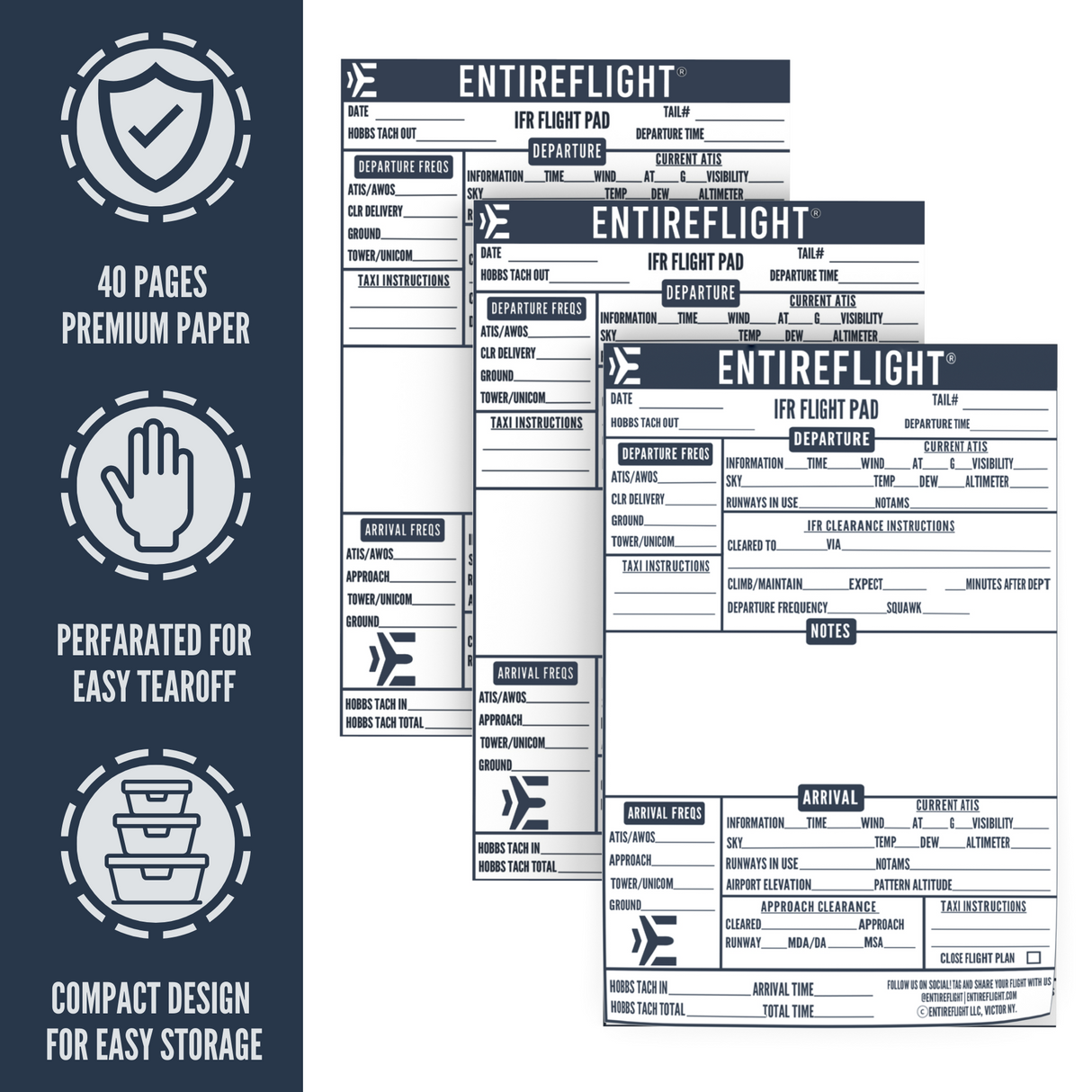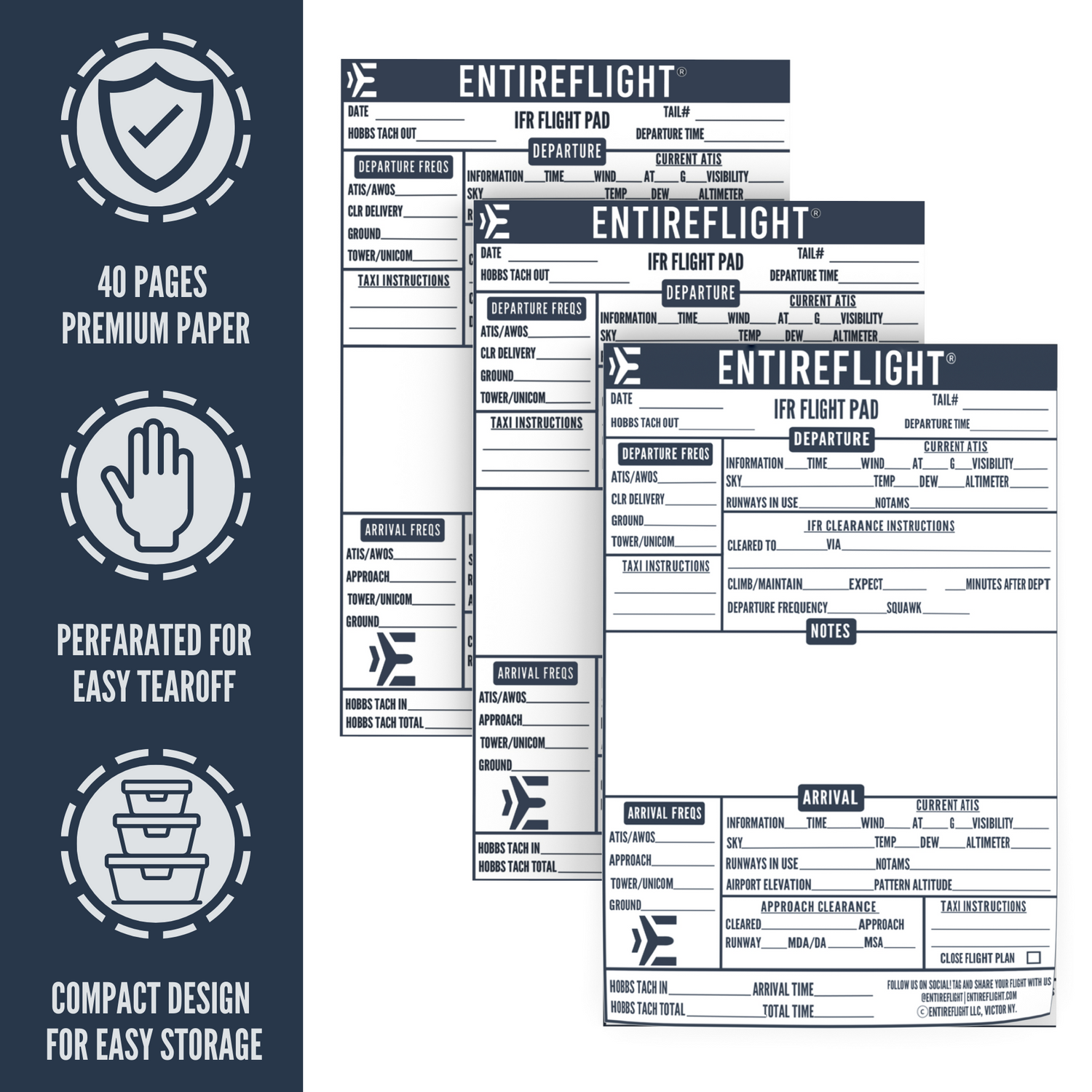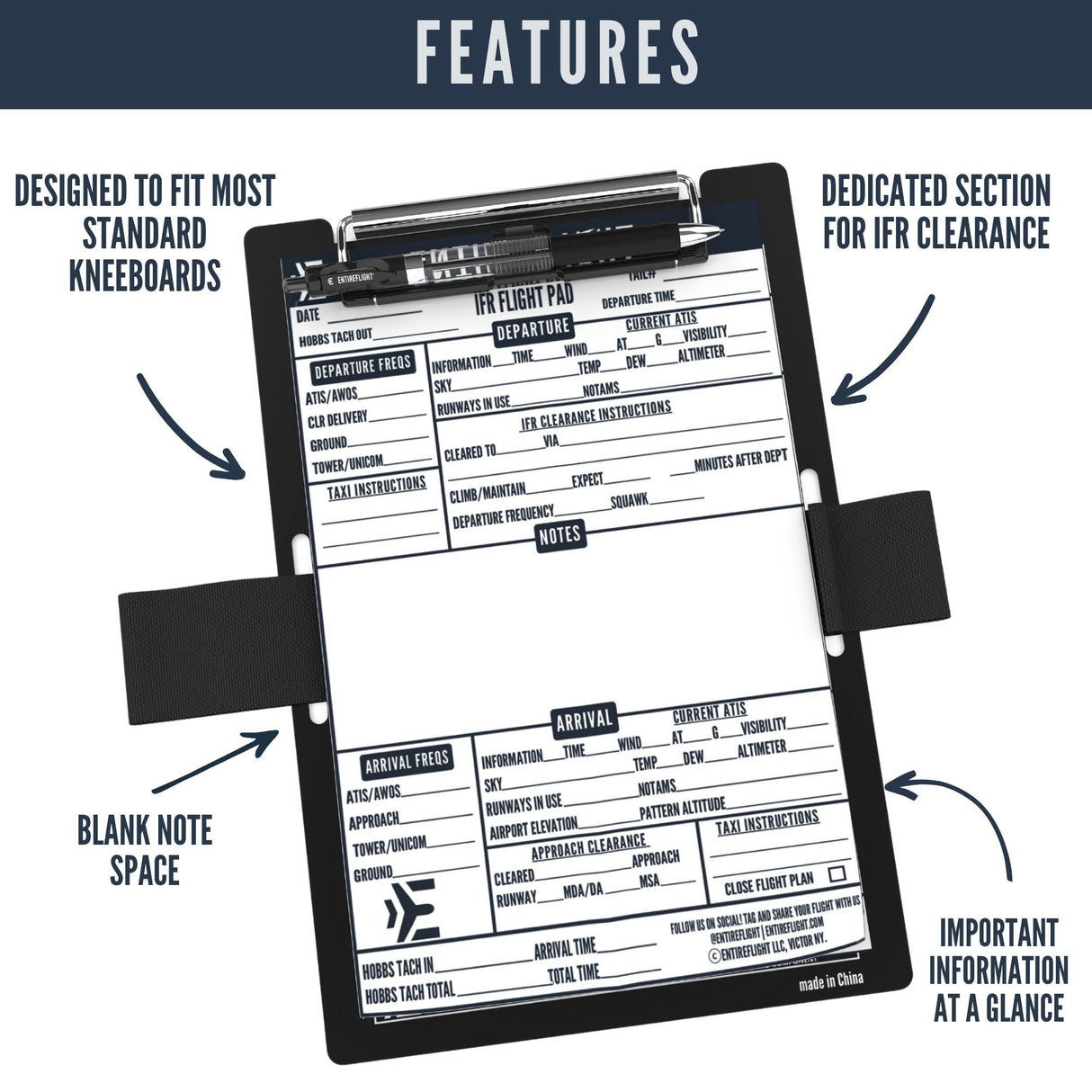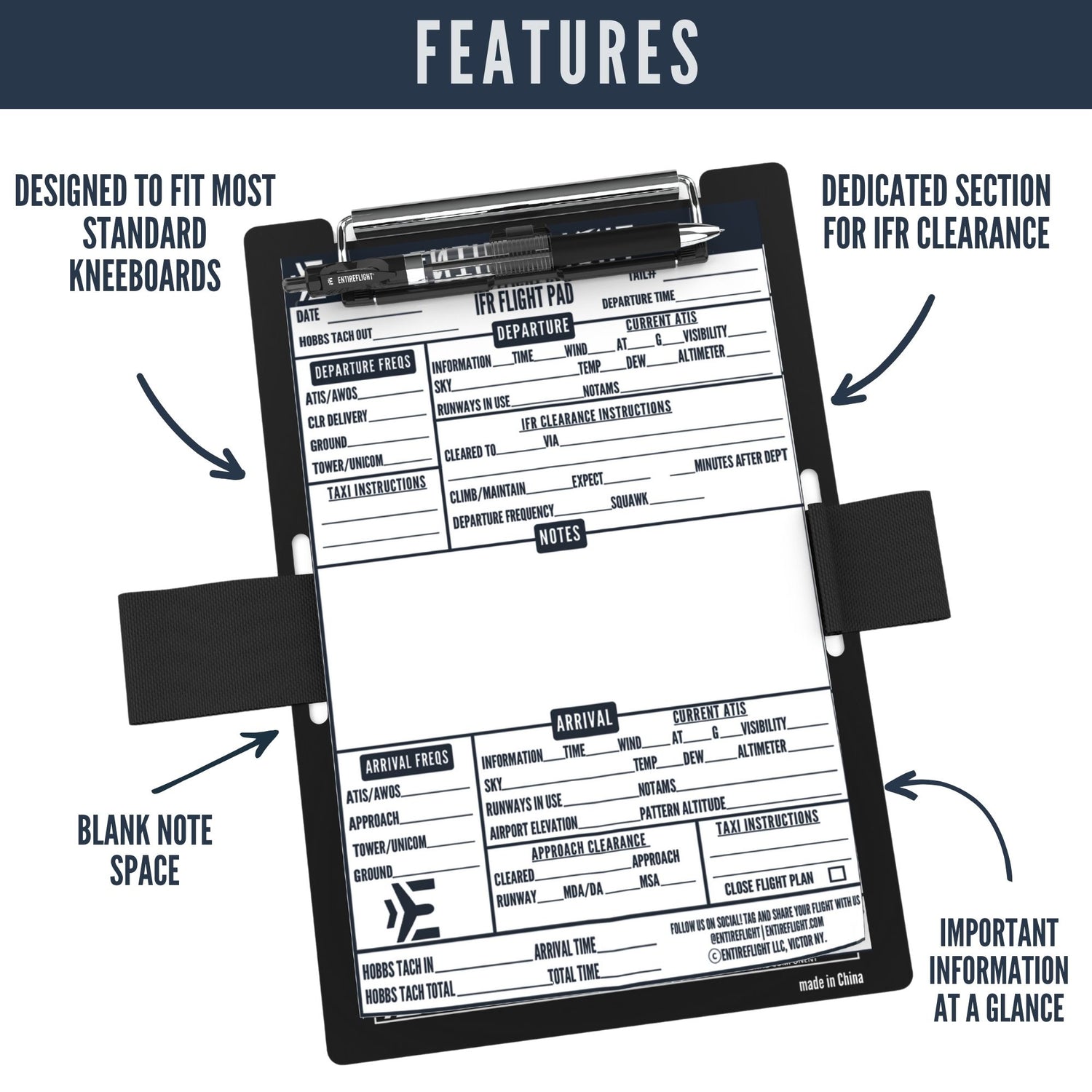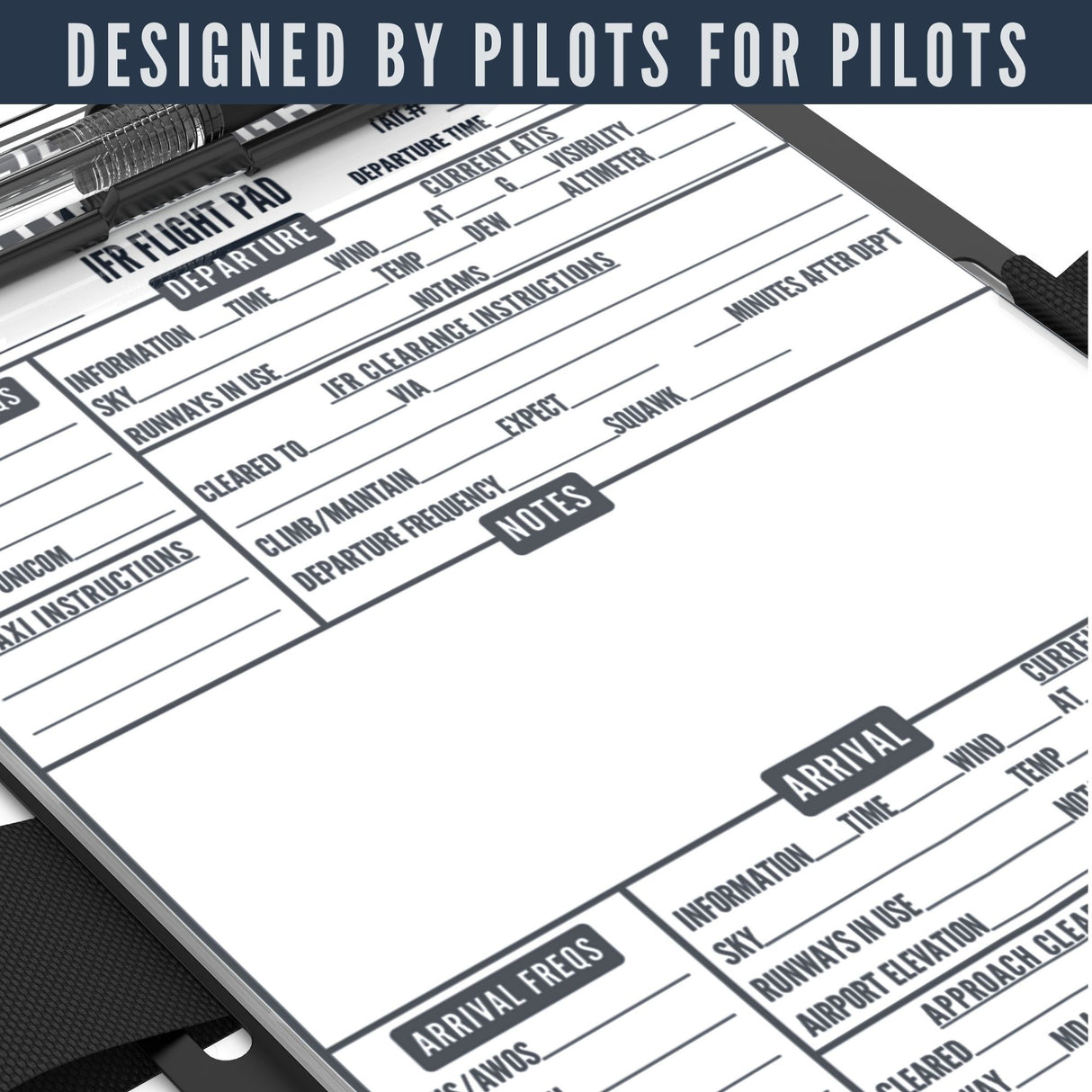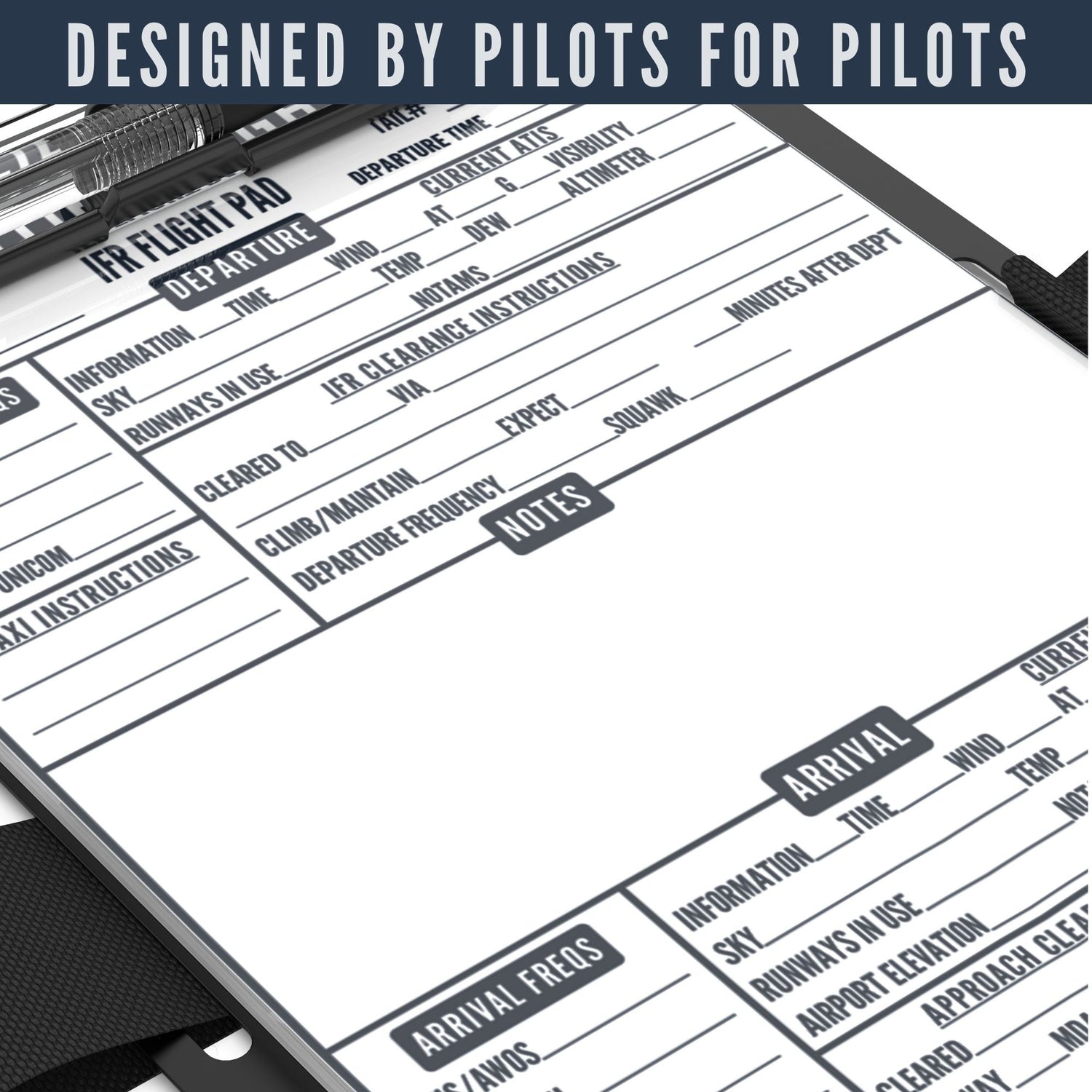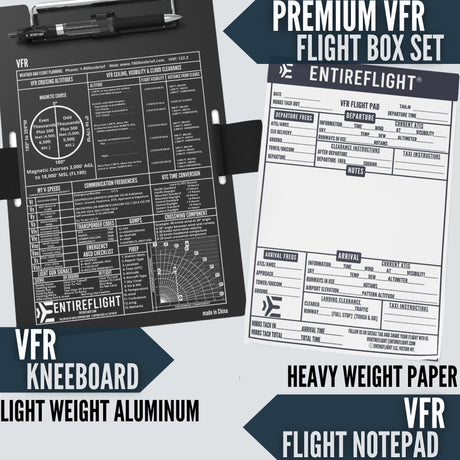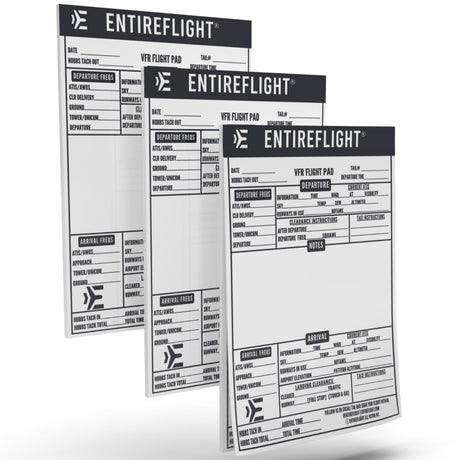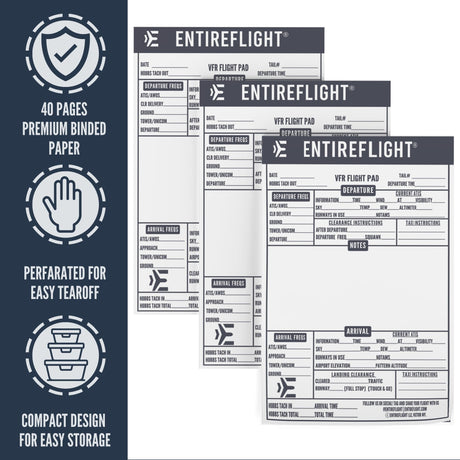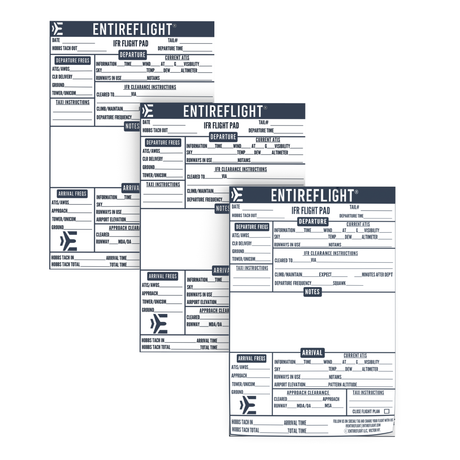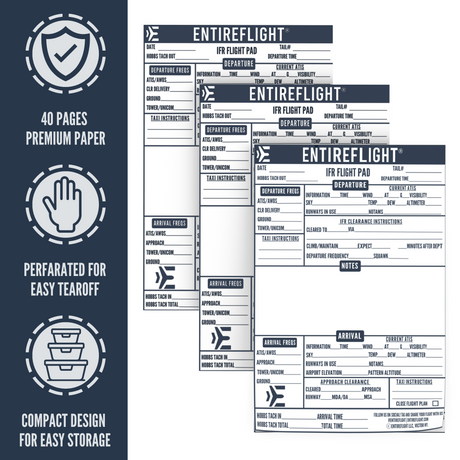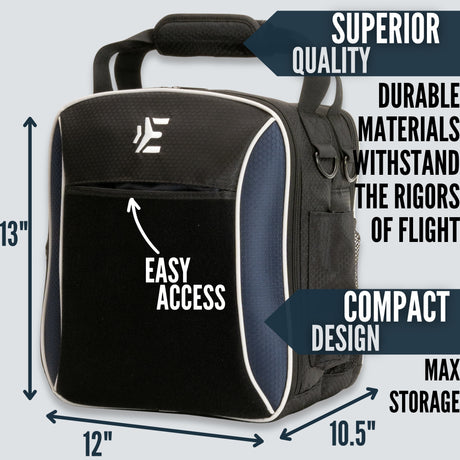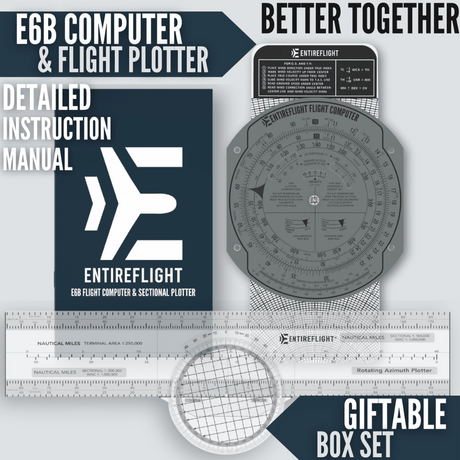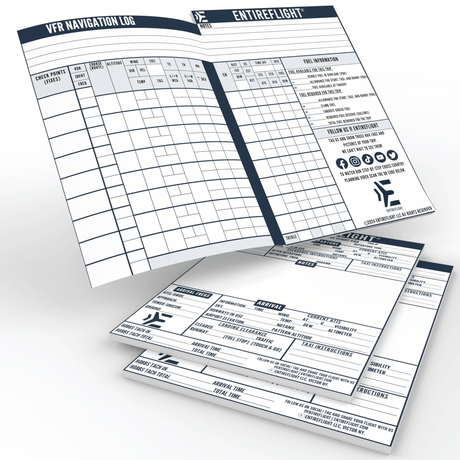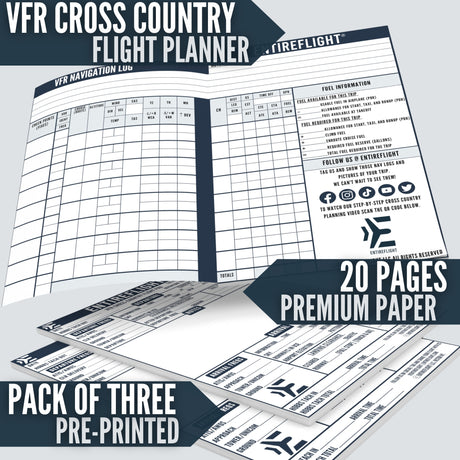When flying, air traffic control (ATC) plays a crucial role in ensuring the safety of all aircraft in the airspace. One of the tools that ATC uses to guide aircraft is radar, which is a system that uses radio waves to detect and locate objects in the air. Radar vectors are instructions given by ATC to pilots to help navigate their aircraft along a desired flight path.
Radar vectors are particularly useful when flying in areas with high traffic volume or complex airspace. Instead of following a predetermined flight plan, pilots can receive instructions from ATC to turn left or right, climb or descend, and adjust their speed to avoid other aircraft or obstacles. By following these instructions, pilots can stay on course and maintain a safe distance from other aircraft in the area.
While radar vectors can be helpful, it's important to note that pilots should always maintain situational awareness and be prepared to take action if necessary. ATC is responsible for providing guidance and instructions, but ultimately, it's up to the pilot to ensure the safety of their aircraft and passengers. By working together with ATC and following radar vectors as needed, pilots can help ensure a safe and efficient flight.
Understanding Radar Vectors
When flying, air traffic controllers may give you instructions to follow a specific path. One of the most common ways they do this is through radar vectors. A radar vector is a direction given to an aircraft by air traffic control, which tells the pilot which way to turn and what heading to fly.
When receiving radar vectors, you will be given a heading to fly, and a direction of turn to follow. The heading will be given in degrees, and the direction of turn will either be "left" or "right." It is important to follow these instructions precisely, as they are designed to keep you and other aircraft safe.
The heading you are given may be a magnetic heading or an assigned heading. A magnetic heading is the direction in which the aircraft's nose is pointed, relative to magnetic north. An assigned heading is a heading given to you by air traffic control, which may differ from your current magnetic heading.
It is important to note that when receiving radar vectors, you are still responsible for maintaining a safe distance from other aircraft. Air traffic control will do their best to keep you separated, but it is ultimately up to you to follow their instructions and maintain a safe distance.
Air Traffic Control and Radar Vectors
ATC is responsible for managing the flow of air traffic and ensuring that planes maintain safe distances from each other. With radar vectors, ATC can guide planes along specific routes and altitudes, helping to prevent collisions and minimize delays.
In addition, ATC can use radar vectors to help planes avoid bad weather or other hazards. By providing pilots with real-time information on changing conditions, ATC can help them make informed decisions about their flight path.
ATC Phraseology
To ensure clear communication between pilots and ATC, specific phraseology is used when giving radar vectors. For example, ATC may instruct a pilot to "turn left heading 270" or "climb and maintain 10,000 feet."
Using standardized phraseology helps to avoid confusion and ensures that all parties understand the instructions being given. It also helps to reduce the risk of miscommunication, which can be a major safety hazard in the aviation industry.
Overall, radar vectors are an essential tool for ATC and provide many operational advantages for pilots. By following ATC instructions and using proper phraseology, pilots can help to ensure a safe and efficient flight.
Radar Vectors in Different Airspaces
When flying under Instrument Flight Rules (IFR), air traffic controllers (ATCs) may provide radar vectors to guide you through different airspaces. Radar vectors help pilots navigate through controlled airspace, especially when there is high traffic volume or adverse weather conditions. Different airspaces have different rules and requirements, and it is essential to understand them to ensure safe and efficient flight operations.
Class B Airspace
Class B airspace is the most restrictive airspace, and it is usually found around the busiest airports. ATCs provide radar vectors to aircraft entering or departing this airspace. Pilots must have an ATC clearance and a two-way communication radio to fly in Class B airspace. Additionally, pilots must follow specific altitude and speed restrictions.
Class C Airspace
Class C airspace is usually found around medium-sized airports with moderate traffic volume. ATCs provide radar vectors to aircraft entering or departing this airspace. Pilots must establish two-way communication with ATCs and have a transponder with altitude reporting capability. Additionally, pilots must follow specific altitude and speed restrictions.
Class D Airspace
Class D airspace is usually found around small airports with low traffic volume. ATCs provide radar vectors to aircraft entering or departing this airspace. Pilots must establish two-way communication with ATCs and have a transponder with altitude reporting capability. Additionally, pilots must follow specific altitude and speed restrictions.
Class G Airspace
Class G airspace is uncontrolled airspace, and ATCs do not provide radar vectors. However, pilots may request radar vectors to navigate through this airspace. Pilots must maintain two-way communication with ATCs if flying near Class B, C, or D airspace. Additionally, pilots must follow specific altitude and speed restrictions when flying in Class G airspace.
Radar Vectoring Procedures
Radar vectoring is a process where air traffic controllers use radar to guide an aircraft along a specific route. This process is essential in ensuring safe and efficient air travel. In this section, we will discuss the different types of radar vectoring procedures used in aviation.
Departure Procedures
When departing from an airport, pilots are often given radar departures to follow. This type of procedure involves the air traffic controller guiding the aircraft along a specific route until the pilot is able to navigate on their own. This helps to ensure that the aircraft remains on course and avoids any potential hazards.
In some cases, pilots may be given Standard Instrument Departures (SIDs) or Diverse Vector Areas (DVAs) to follow. These procedures are published and provide specific instructions for pilots to follow when departing from an airport.
Arrival Procedures
Arrival procedures are similar to departure procedures, but they occur when an aircraft is approaching an airport. Air traffic controllers will use radar vectoring to guide the aircraft along a specific route until they are able to land safely.
In some cases, pilots may be given radar vectors to follow until they are able to intercept a published procedure, such as an Instrument Landing System (ILS) or a Localizer (LOC) approach.
Missed Approach Procedures
Missed approach procedures are used when an aircraft is unable to land safely and must go around for another attempt. Air traffic controllers will use radar vectoring to guide the aircraft along a specific route until they are able to safely climb and return to the airport.
In some cases, pilots may be given specific instructions to follow when performing a missed approach, such as a published missed approach procedure.
Altitude in Radar Vectors
When receiving radar vectors, it is important to pay attention to altitude assignments. The altitude assigned by ATC will depend on various factors, such as terrain, traffic, and weather conditions. In this section, we will discuss the different types of altitudes that may be assigned during radar vectors.
Minimum Vectoring Altitude
The Minimum Vectoring Altitude (MVA) is the lowest altitude that ATC can assign for radar vectoring. It provides adequate vertical clearance for aircraft to fly safely in the area. MVAs are established for each sector and are depicted on the approach charts. When flying below the MVA, you may receive terrain and obstacle alerts from your onboard systems.
Minimum IFR Altitude
The Minimum Instrument Flight Rules (IFR) Altitude is the lowest altitude that can be flown in a specific area under IFR conditions. The MVA and MEA can be the same, but they are not always equal. The MEA provides a margin of safety to ensure that aircraft can fly on instruments and clear obstacles.
Published Altitude
Published Altitude refers to the altitude depicted on approach charts for a specific procedure. These altitudes are based on obstacle clearance requirements and provide a safe path for aircraft to follow. When receiving radar vectors, you may be assigned a published altitude to follow until cleared for the approach.
It is important to note that altitudes assigned during radar vectors may change depending on traffic and other factors. Always follow ATC instructions and be prepared to adjust your altitude as necessary. By understanding the different types of altitudes, you can ensure a safe and efficient flight.
Aircraft Types and Radar Vectors
When it comes to radar vectors, different types of aircraft require different considerations. Here are some guidelines for IFR aircraft, VFR aircraft, and helicopters.
IFR Aircraft
If you are flying an IFR aircraft, you can expect to receive radar vectors from air traffic control (ATC) as part of your clearance. These vectors will help guide you along your route and ensure that you stay on course. ATC will typically provide you with headings to fly and altitudes to maintain.
VFR Aircraft
If you are flying a VFR aircraft, you may or may not receive radar vectors from ATC. It will depend on the situation and the availability of ATC resources. If you do receive vectors, they will be provided for safety reasons, such as avoiding other traffic or adverse weather.
Helicopters
Helicopters are unique in that they can maneuver in ways that fixed-wing aircraft cannot. As a result, radar vectors for helicopters may differ from those for other types of aircraft. For example, ATC may provide a helicopter with a more direct route to their destination, taking advantage of the helicopter's ability to hover or fly at low altitudes.
When departing an IFR aircraft, you can expect to receive radar vectors to your first fix or waypoint. This will help get you on course and ensure that you are flying in the correct direction. Once you reach your first fix, you will be cleared to your destination using your filed flight plan.
Remember, radar vectors are provided for safety reasons and to ensure that you stay on course. Always follow ATC instructions and maintain good communication to ensure a safe and efficient flight.
Radar Approaches and Navigation Aids
When flying an aircraft, it is important to have a clear understanding of radar approaches and navigation aids. These tools are essential for pilots to safely navigate through various weather conditions and terrain. In this section, we will discuss the different types of radar approaches and navigation aids that are commonly used in aviation.
Instrument Approach
An instrument approach is a type of approach that is used when visibility is limited. It relies on the use of instruments to guide the aircraft to the runway. The final approach course is the path that the aircraft follows to the runway. The localizer is a type of navaid that helps the pilot stay on the final approach course. It provides lateral guidance to the runway.
Precision Approach
A precision approach is a type of instrument approach that provides both horizontal and vertical guidance to the runway. It is more accurate than a non-precision approach and is often used in low visibility conditions. The localizer and glide slope are two types of navaids that are used for precision approaches.
RNAV
RNAV stands for area navigation. It is a type of navigation that allows the pilot to navigate based on GPS coordinates rather than traditional navaids. RNAV approaches are becoming more common and are often used in areas where traditional navaids are not available.
When flying an instrument approach, it is important to know the initial approach fix (IAF). This is the point where the pilot begins the approach. The IAF can be a navaid or a GPS waypoint.
Regulations and Guidelines
When it comes to radar vectors, there are several regulations and guidelines that must be followed to ensure safe and efficient operations. Here are some of the most important ones to keep in mind:
FAA Order JO 7110.65
This order provides guidance to air traffic controllers on how to provide radar vectors to aircraft. It outlines the procedures for issuing headings, altitudes, and speeds to pilots, as well as how to coordinate with other controllers and facilities. It also covers the use of automation tools and the requirements for maintaining separation between aircraft.
FAA Order 8260.3
This order provides guidance on the development and maintenance of terminal instrument procedures, including those that involve radar vectors. It covers the criteria for determining the minimum vectoring altitude, the use of obstacles and terrain data, and the requirements for flight inspection and validation of procedures.
Noise Abatement
In some areas, there may be noise abatement procedures that restrict the use of certain flight paths or altitudes. Air traffic controllers must be aware of these procedures and ensure that they are followed by pilots. This may involve issuing radar vectors that avoid noise-sensitive areas or require aircraft to maintain specific altitudes or speeds.
Speed Restrictions
Air traffic controllers may also issue speed restrictions to aircraft, either to maintain separation between aircraft or to comply with noise abatement procedures. These restrictions may be expressed as a specific speed or as a range of speeds, and may be given in knots or as a Mach number. Pilots must comply with these restrictions to ensure safe and efficient operations.
Overall, following these regulations and guidelines is essential for ensuring the safe and efficient use of radar vectors in air traffic control. By working together to maintain separation, avoid noise-sensitive areas, and comply with speed restrictions, pilots and controllers can help keep the skies safe for everyone.
Visual and Instrument Separation
When flying, there are two types of separation that air traffic control (ATC) can use to keep you safe: visual separation and instrument separation. Visual separation is when you can see the other aircraft and maintain a safe distance from it on your own. Instrument separation is when ATC uses radar to keep track of your aircraft and the other aircraft and ensures that you are separated by a safe distance.
In general, visual separation is preferred because it allows for more flexibility and can be used in areas where radar coverage is limited. However, there are some situations where ATC may need to use instrument separation to keep you safe.
Vertical separation is another important factor in maintaining safe separation between aircraft. ATC uses altitude to ensure that aircraft are separated by at least 1,000 feet vertically. This is important because it allows for safe passing of aircraft in opposite directions.
Horizontal separation is also crucial for safe flying. ATC uses radar to ensure that aircraft are separated by at least 3 miles horizontally. This is important because it allows for safe passing of aircraft flying in the same direction.
Overall, whether using visual or instrument separation, it is important to always follow ATC instructions and maintain a safe distance from other aircraft. By doing so, you can help ensure a safe and efficient flight.
Additional Information
When you are receiving radar vectors, there are a few important things to keep in mind. First, it is important to maintain communication with air traffic control (ATC) at all times. This means that you should always be listening for instructions and responding promptly. If you are unsure of an instruction, do not hesitate to ask for clarification.
Another important consideration is your altitude. ATC will typically give you altitude instructions along with your radar vectors. It is important to follow these instructions closely, as they are designed to keep you safe and avoid conflicts with other aircraft.
In addition to altitude, ATC may also give you speed instructions. These instructions are designed to help you maintain a safe and efficient speed for your flight. If you are unsure of your speed, you can always check your airspeed indicator.
It is also important to be aware of your surroundings when receiving radar vectors. Keep an eye out for other aircraft, and be prepared to adjust your heading or altitude if necessary to avoid a potential conflict.
Finally, it is worth noting that radar vectors can sometimes be accompanied by visual instructions, such as landmarks or other visual cues. If you are unsure of what you are seeing, do not hesitate to ask ATC for clarification.
Overall, receiving radar vectors can be a valuable tool for navigating through busy airspace. By following ATC instructions closely and staying aware of your surroundings, you can ensure a safe and efficient flight.
Frequently Asked Questions
1 - What are radar vectors and how do they work?
Radar vectors are instructions given by air traffic controllers to pilots to guide them through the airspace. These instructions are given based on the radar data that the controllers receive from the aircraft's transponder. The controllers use this data to determine the aircraft's position, altitude, and speed, and then issue instructions to the pilot to adjust the aircraft's flight path accordingly.
2 - How do air traffic controllers use radar vectors?
Air traffic controllers use radar vectors to guide aircraft through the airspace, particularly in areas with high traffic volume or complex airspace. The controllers issue instructions to the pilot to adjust the aircraft's heading, altitude, or speed to avoid other aircraft or obstacles, or to reach a specific point in the airspace. The controllers may also use radar vectors to help aircraft navigate through adverse weather conditions.
3 - What is the difference between a radar vector and a heading?
A radar vector is an instruction given by air traffic controllers to adjust the aircraft's flight path based on radar data. A heading, on the other hand, is a specific direction that the aircraft should be flying. While a radar vector may involve adjusting the aircraft's heading, it may also involve adjusting altitude or speed.
4 - Can pilots request radar vectors during a flight?
Yes, pilots can request radar vectors from air traffic controllers at any time during a flight. This can be particularly useful in situations where the pilot is unsure of their position or needs assistance navigating through adverse weather conditions.
5 - How do radar vectors help improve flight safety?
Radar vectors help improve flight safety by providing pilots with precise instructions on how to navigate through the airspace. By using radar data, air traffic controllers can guide pilots around obstacles and other aircraft, reducing the risk of collisions. Additionally, radar vectors can help pilots navigate through adverse weather conditions, reducing the risk of accidents due to poor visibility or turbulence.
6 - What are some common situations where radar vectors are used in aviation?
Radar vectors are commonly used in areas with high traffic volume or complex airspace, such as near busy airports or in mountainous regions. They are also used to help aircraft navigate through adverse weather conditions, such as thunderstorms or heavy fog. Additionally, radar vectors may be used to help aircraft avoid restricted airspace or to guide them to a specific location in the airspace.

